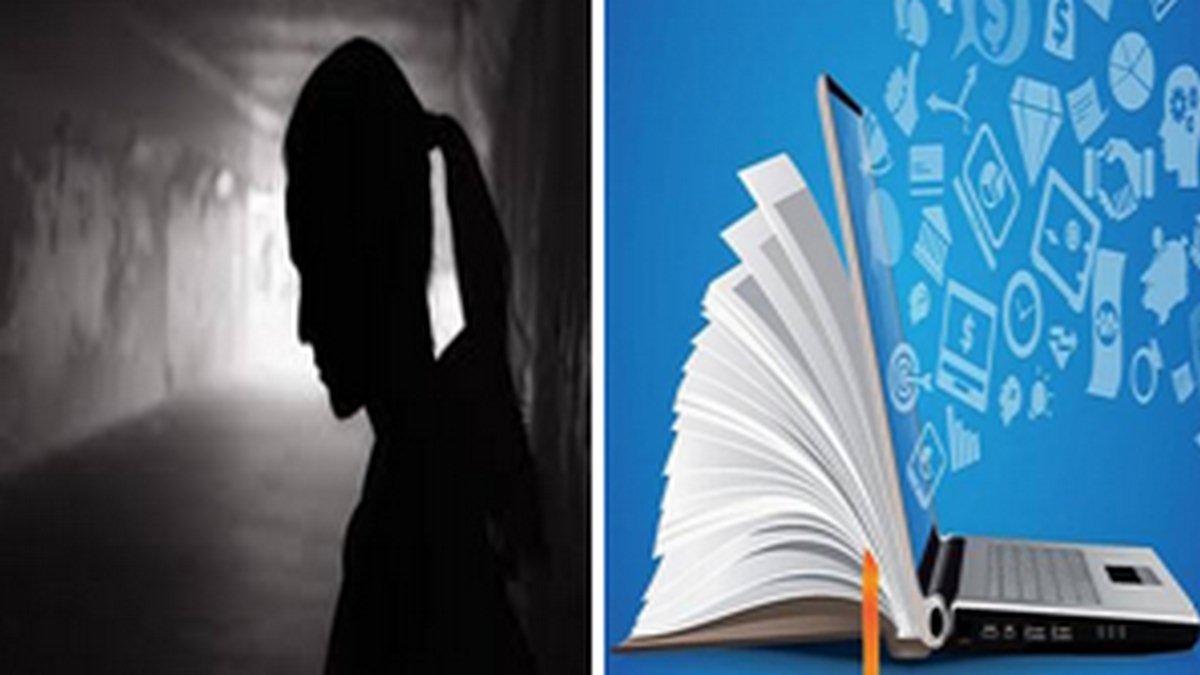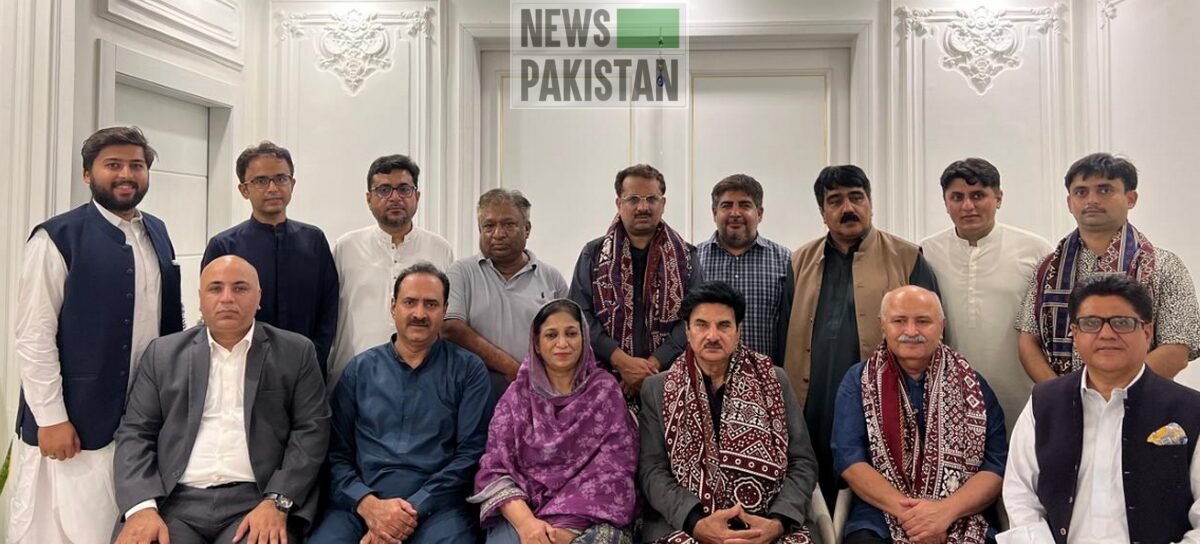GAZA: UN has estimated that one million children have been displaced here since 7th of October when Hamas attacked Israel.
Women and children are bearing the brunt in terms of deaths and injuries as Israeli troops attack Palestinian defenders across the enclave, with nowhere safe to go, and aid distribution stymied by war, insufficient access and insufficient supplies crossing into the Strip.
Adele Khodr, UNICEF Regional Director for the Middle East and North Africa, said in a statement Saturday that Gaza was “the most dangerous place in the world to be a child…
Entire neighborhoods, where children used to play and go to school have been turned into stacks of rubble, with no life in them.”
Staff from the UN Children’s Agency report that close to one million children have now been forcibly displaced since the cycle of violence began on 7 October.
“They are now being pushed further and further south into tiny, overcrowded areas without water, food, or protection, putting them at increased risk of respiratory infections and waterborne disease”, warned Ms. Khodr.
“The restrictions and challenges being placed on the delivery of lifesaving aid going into and across the Gaza Strip are another death sentence for children”, she added.
Ms. Khodr said the whole humanitarian system is buckling, particularly under the extreme strain caused by the measures imposed by Israel as it’s offensive continues.
“An immediate, long-lasting humanitarian ceasefire is the only way to end the killing and injuring of children”, she said.
On Friday, the United States vetoed a Security Council resolution calling for a ceasefire, arguing that ending the fighting now would just leave Hamas in place, which he claimed was “a recipe for disaster”, according to the US Deputy Ambassador Robert Wood.
In his message on Saturday marking the international day for victims of genocide, UN Secretary-General Antonio Guterres said that a new global push is needed to ensure that “never again” should anybody have to live through the horror.
“Sadly, we are in danger of forgetting the dark lessons of the past.
“In today’s world of deep division, mistrust and conflict, we remain confronted by the enduring menace of this atrocious crime”, he said.
He said it was essential that the Genocide Convention, which codified the crime for the first time this day, 75 years ago, when the General Assembly adopted it, “must remain a living force in our world, calling us to uphold its solemn promise.”
He said keeping the promise made by the 153 parties to the convention, which became effective in 1951, requires all governments to ratify and fully implement the Convention and ensure that perpetrators are held to account.
“It requires a renewed global push to establish and strengthen prevention mechanisms, educate new generations about past genocides and counter mis- and disinformation, which can fuel hate speech and genocidal intent and action”, said the UN chief.
As allegations of genocide continue to be made by all parties together with supporters around the world, in the context of the current war in Gaza between Israel and Palestinian militants, take a look back below at the history of the crime, and the extraordinary work of lawyer Raphael Lemkin who brought the convention against genocide to life – the UN’s first-ever human rights treaty.
Newspakistan.tv/APP/AFP











